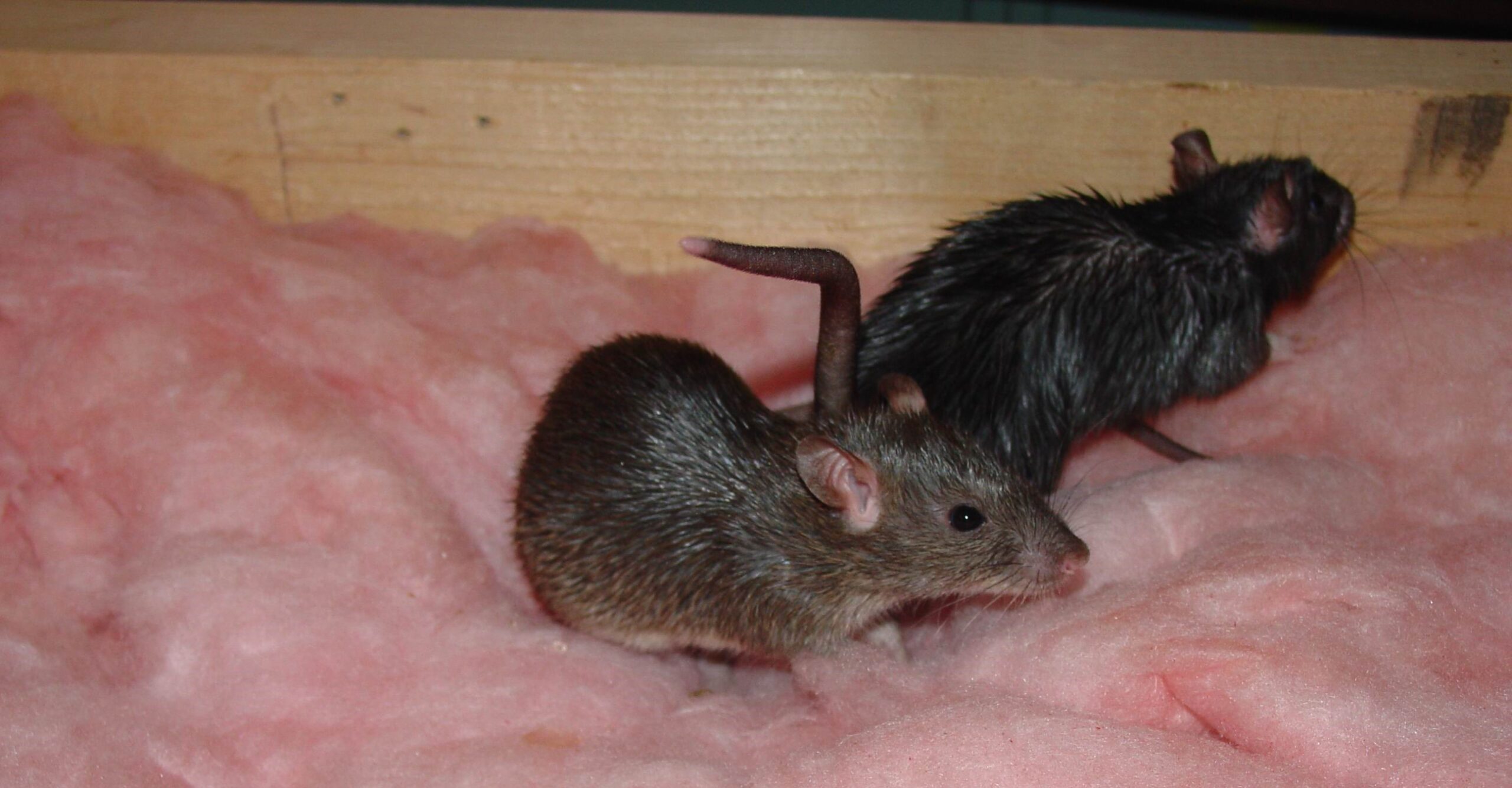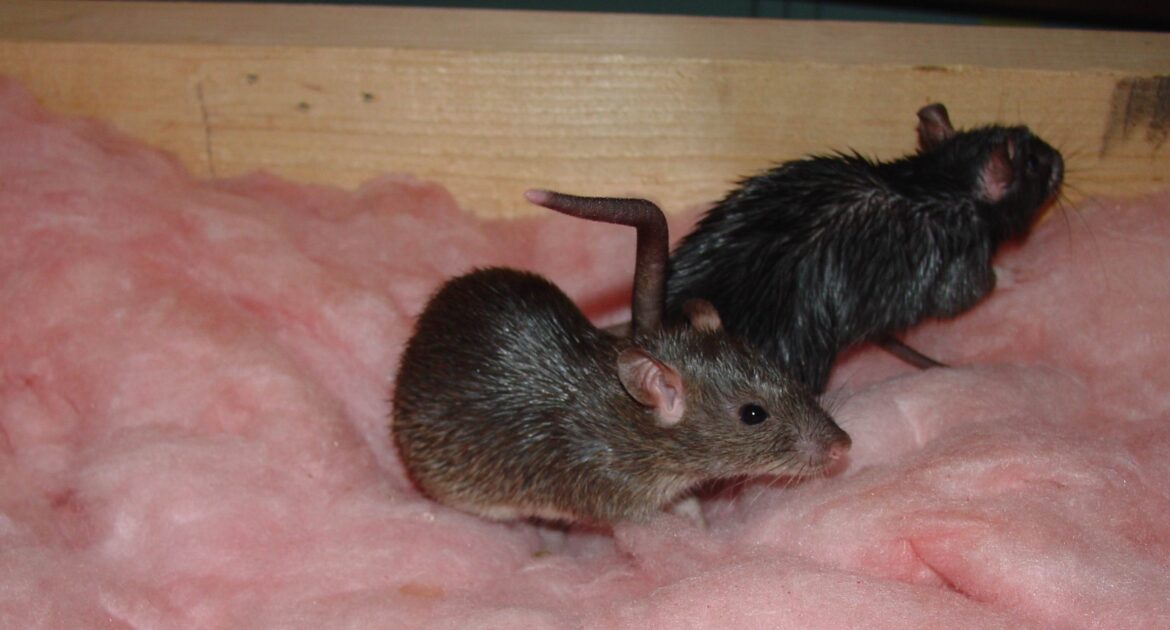The ongoing Metrolinx Toronto transit construction has brought more than just the promise of improved transit connectivity. It has exposed city neighbourhoods and businesses to an alarming rodent problem in business districts. With heavy construction shaking up underground habitats and pushing rodents to the surface, local businesses are bearing the brunt of this displacement. From holes in walls to gnawed wiring, the impact can’t be ignored.
Concerns about this growing rat issue have reached City Hall. Late last month, Toronto city manager Paul Johnson announced a rat response plan to address the environmental conditions that help rat populations thrive. This plan, set to be reviewed by the economic and community development committee, aims to take proactive measures in response to concerns raised by local councillors Alejandra Bravo and Paula Fletcher. Both have noted an increase in complaints from families and businesses near high-impact construction sites, such as those for the Ontario Line subway project.
Below, we explore the ripple effects of the Ontario Line construction and how Toronto businesses can protect themselves with humane control measures from Skedaddle Humane Wildlife Control.
How Construction Is Feeding Toronto’s Rat Problem
CBC News recently outlined how Metrolinx’s Ontario Line, a 15.6-kilometer subway project slated for completion by 2031, is an ambitious undertaking. Running from Exhibition Place to the Ontario Science Centre, it’s a vital addition to the city’s transit map. But the large-scale construction has disturbed many underground rat burrows, forcing them above ground and onto city streets — and into nearby businesses. Rats are resilient creatures capable of adapting quickly, so when construction disrupts one habitat, they move to another.
Councillor Paula Fletcher has shed light on this growing issue, sharing that numerous residents and business owners in her ward have reached out about rodent infestations linked to construction zones. From Leslieville to East York, local business owners are struggling to keep these unwelcome guests from setting up shop in their buildings. Small restaurants, retail stores, and office properties face risks ranging from property damage to reputational harm.
The city manager’s rat response plan aims to mitigate these risks by focusing on reducing the favourable conditions that allow pests to thrive. However, these measures will take time to implement. For businesses in Toronto mustering through construction chaos, immediate action is needed to prevent costly rodent-related damage.
The Economic Impact of Rats in Business Districts
Rodents are more than a nuisance; they can become a full-blown crisis for businesses. Rats chew through electrical wiring, destroy products, and even compromise building structures. For restaurants and food-based businesses, a single rat sighting can result in lost customers or closure due to health code violations.
Here’s what businesses face when rodents invade:
- Damaged infrastructure: Rodents scratch, chew, and burrow into almost any material, from wood to metal.
- Lost customers: No customer wants to dine or shop in a space infested with rats.
- Health risks: Rats carry bacteria and diseases that may cause unsanitary conditions for both employees and clients.
- Mounting repair costs: Delays in addressing infestations can lead to expensive damage and bigger infestations.
Some of the areas more frequently affected include fast-growing neighbourhoods like Liberty Village, Riverside, and Yorkville, especially those near construction zones. With multiple risk factors at play, businesses cannot afford to take a passive approach to rodent control.
Why DIY Wildlife Removal Isn’t the Answer
When faced with a rodent problem, some business owners might attempt to remove rodents on their own. Although DIY methods might seem like a cost-effective option, they rarely address the problem at its source. Rats are highly intelligent creatures capable of evading traps and finding clever ways back into buildings. Often, DIY methods exacerbate the situation, causing the population to grow unnoticed.
Here’s why DIY methods fall short:
- Incomplete Solutions: Without addressing access points or nesting areas, the rats will continue to return.
- Health Hazards: Handling rats without professional experience could expose you or your staff to diseases like leptospirosis and salmonella.
- Unintentional Harm to Wildlife: Many DIY tools or chemicals are inhumane or dangerous — not just to rats but to other wildlife in the area.
For long-term and responsible results, professional intervention is key.
Humane Rat Control with Skedaddle Wildlife Control
At Skedaddle Humane Wildlife Control, we prioritize humane removal methods designed to protect your business and Toronto’s ecology. Using innovative solutions like one-way doors, we allow rats to leave your business without coming back. These specialized tools ensure that rodents exit while remaining respectful of local wildlife laws.
What sets our services apart:
- Comprehensive Inspections: We identify every entry point, hiding place, and sign of rodent activity on your property.
- Effective Prevention: Our methods focus on sealing entry points to keep rats out for good while avoiding harmful traps or relocations.
- Knowledge of Local Areas: With experience across Toronto neighbourhoods from The Annex to Scarborough, we tailor our techniques to fit the unique challenges of your area.
We’re not just here to remove rodents. We’re here to protect your business and support Toronto’s commitment to sustainable wildlife control.
Tips for Preventing Rodent Damage to Your Business
While professionals at Skedaddle play a vital role in rat control, proactive steps from business owners can further prevent infestations. Follow these guidelines to safeguard your commercial space:
- Seal All Openings: Inspect for cracks, gaps, and holes along walls, windows, and doors, and seal them to block access points.
- Maintain Cleanliness: Clean up food and drink spills promptly, and store all food items in tightly sealed containers.
- Clear Clutter: Eliminate unnecessary cardboard, paper, or other materials rats can use to build nests.
- Manage Waste Efficiently: Store garbage in sturdy, sealed bins and keep waste disposal areas clean.
- Trim Landscaping: Keep trees and bushes trimmed to eliminate outdoor hiding spots near your building.
Early action matters. Even small preventative measures can go a long way in keeping rats at bay.
Communities Calling for Greater Accountability
The frustration among Toronto residents and business owners has reached a boiling point. This is why Councillor Paula Fletcher has joined forces with others to call on Metrolinx to implement rat mitigation measures. Her open letter urges the transit agency to take this issue seriously and reflect this in their construction processes. Meanwhile, Councillor Bravo remains an active voice, advocating for a balanced approach that addresses community concerns.
Although these efforts are promising, businesses can’t wait for government action. Solving the rodent problem in business districts starts with taking control at ground level.
Urban Construction Pest Control: Partner with Skedaddle to Protect Your Business Today
Toronto’s construction boom is fueling growth across the city, but the unintended rodent crisis poses a serious challenge to businesses. From homes in Riverdale to commercial spaces in King West, rats are finding their way into properties where they don’t belong. Skedaddle Wildlife Control is here to help.
With humane techniques, detailed inspections, and expert prevention strategies, we provide Toronto businesses the peace of mind they deserve. Contact us today to schedule an inspection and find out how we can keep rats out while supporting a healthier urban environment.




